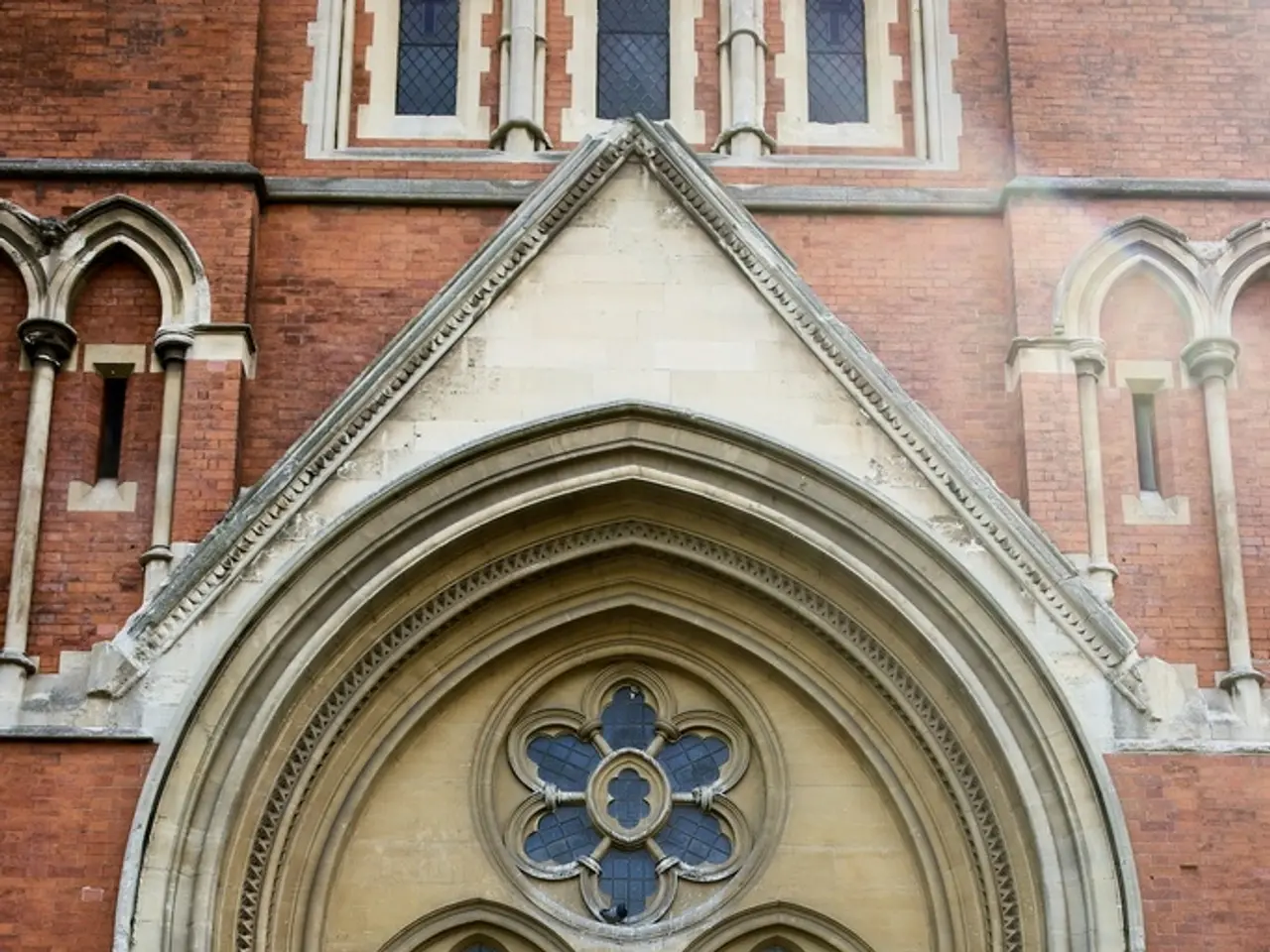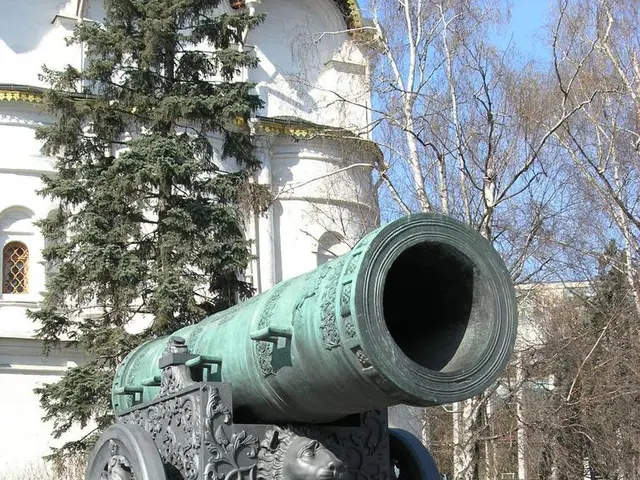Revenues of € 5.4 million collected from Venice entry fees
In the heart of Italy, the historic city of Venice has once again implemented an entrance fee system for its iconic centre, marking the second time this measure has been introduced. The goal of this fee is to discourage "hit and run" day-trip tourism and reduce the environmental and social impact of mass tourism on the city.
The fee is implemented during peak times (8:30 AM to 4:00 PM) and on selected days, mainly during the busy season between April and July. Visitors who book their visits early pay five euros, while last-minute visitors pay double. The specifics of other measures to reduce mass tourism in Venice are not detailed in the article.
The entrance fee system is a traffic control mechanism, designed to limit mass tourism by financially incentivizing visitors to stay longer. By charging a fee, the city seeks to make day trips less attractive and thus regulate tourist flows more sustainably.
During its second year, the system proved successful in providing more planning security for visitors. In 2024, the system was tested for 29 days and brought in around 2.4 million euros. During its second test phase in 2025, it brought in approximately 5.4 million euros.
However, the question arises as to whether an entrance fee alone is sufficient to curb mass tourism in Venice. The system applies exceptions for locals, children, and overnight guests who already pay a tourist tax, and it is not the only measure Italy wants to implement to reduce mass tourism in the city.
The collected money from the entrance fee system is intended to benefit the city and its residents, specifically through stable waste fees. Whether the entrance fee system will be applied again in 2026 is currently unclear.
Venice's entrance fee system is a unique model worldwide, with its cost almost as much as a coffee around St. Mark's Square. Despite criticism regarding too many exceptions and no binding visitor limit, the system remains a significant step towards preserving the city's unique heritage and infrastructure.
[1] Source 1 [2] Source 2 [3] Source 3 [4] Source 4
The entrance fee from the system, mainly collected during the peak season, could potentially be used for funding vocational training programs within the community, contributing to the local workforce's skill development and improving the lifestyle of Venice's residents. With sustainable business strategies like this, Venice might also inspire other travel destinations to implement similar policies to protect their environments and cultural heritage while supporting community growth. [1][4]
Overall, this flexible entrance fee system in Venice could serve as a template for other cities' comprehensive tourism management policies, considering the blend of environmental protection, financial regulation, and social benefits in the revitalized business and travel landscape. [2][3]




